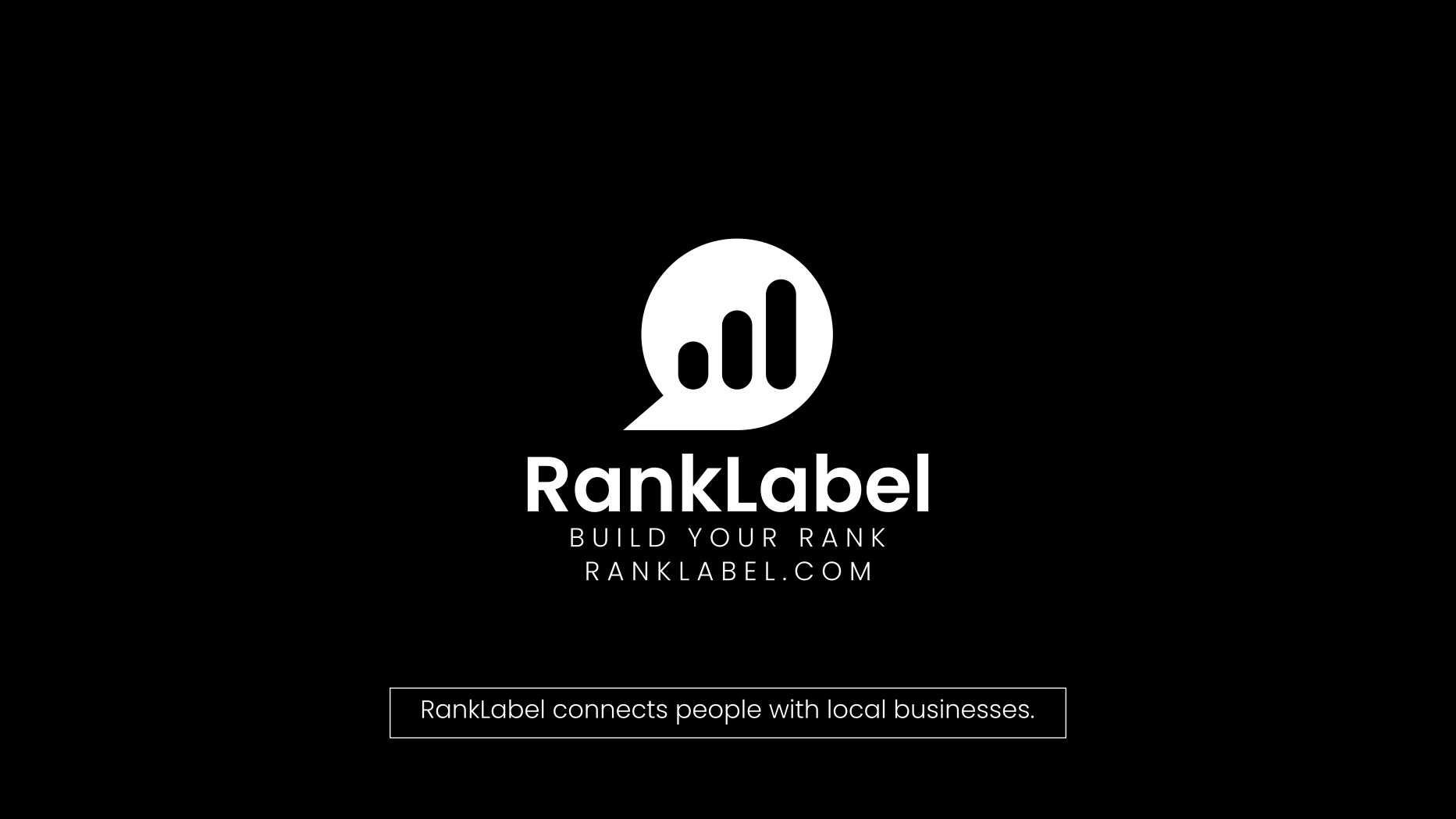Revolutionizing Manufacturing: How Custom Industrial Parts and 3D Printing Empower Designers and Startups

The rapid growth of 3D printing technology has fundamentally transformed the landscape of manufacturing, particularly in the production of custom industrial parts. This innovative method, also known as additive manufacturing, offers unparalleled flexibility and efficiency, making it an invaluable tool for designers and startups. In this detailed guide, we explore the advantages of 3D printing for designers and startups, illustrating how it can be a game-changer in developing unique, tailored products.
The Evolution of Custom Industrial Parts Manufacturing
Traditionally, manufacturing custom parts required significant resources, extensive time, and high costs, often making it inaccessible for small businesses and individual designers. However, with the advent of 3D printing technology, the production of custom industrial parts has become more feasible and cost-effective. The ability to design and manufacture parts on-demand without the need for expensive tooling or molds reduces the barrier to entry for many innovators and entrepreneurs.
What is 3D Printing?
3D printing, or additive manufacturing, involves creating three-dimensional objects from a computer-aided design (CAD) model, usually by laying down many thin layers of a material in succession. This technology has been a pivotal breakthrough in the prototyping and manufacturing sector, allowing for the direct conversion of designs into physical objects with relative ease and high accuracy.
Benefits of 3D Printing for Custom Industrial Parts
The integration of 3D printing into the manufacturing process of custom industrial parts offers numerous benefits:
- Reduced Costs: 3D printing eliminates the need for expensive molds or tooling. This reduction in initial costs is particularly beneficial for startups and small businesses, which may have limited budgets.
- Increased Speed: From design to production, 3D printing is significantly faster than traditional manufacturing methods. Rapid prototyping allows for quick iteration and refinement of designs, drastically speeding up the development process.
- Complexity without Compromise: 3D printing excels in creating parts with complex geometries that would be difficult or impossible to achieve with conventional manufacturing techniques. This complexity does not typically add to the cost, giving designers and engineers the freedom to innovate.
- Customization: Tailoring products to specific needs or personalization for customers is straightforward with 3D printing, making it ideal for creating bespoke industrial components.
- Sustainability: Additive manufacturing can be more sustainable than traditional methods because it typically generates less waste. Materials are used only where needed, and many 3D printed objects can be made using recycled or biodegradable materials.
3D Printing for Designers: Unleashing Creative Potential
Designers across various industries can significantly benefit from 3D printing technologies. It provides them with the ability to experiment without the constraints of traditional manufacturing processes. This freedom results in innovation and significant enhancements in design quality and functionality.
- Prototyping: Designers can create functional prototypes quickly and inexpensively, allowing for practical testing and adjustments in the early stages of the design process.
- Material Variety: With a wide range of available materials, including plastics, resins, metals, and even ceramics, designers can experiment with properties such as texture, strength, and flexibility.
- Artistic Freedom: 3D printing offers an unprecedented level of detail and precision, enabling designers to execute complex and intricate designs that would be challenging through other means.
Empowering Startups with 3D Printing
For startups, agility and the ability to innovate quickly are crucial for success. 3D printing supports these needs by offering a fast, flexible, and cost-effective way to bring new ideas to market. Whether it's creating custom tools, components, or even end-use products, 3D printing provides startups with the tools they need to thrive.
- Minimal Investment: The low entry cost of 3D printing allows startups to set up manufacturing with minimal investment compared to traditional factories.
- Scalability: Startups can scale production according to demand, reducing risks and overhead costs associated with mass production.
- Market Testing: Rapid prototyping enables startups to test markets with actual products, gathering valuable feedback before committing to larger production runs.
- Innovation: The flexibility of 3D printing encourages continuous improvement and innovation, allowing startups to update their products quickly in response to customer feedback or new trends.
Case Studies: Success Stories in 3D Printing
To illustrate the practical applications and benefits of 3D printing, let's explore a few case studies:
- Aerospace: A startup in the aerospace sector used 3D printing to create lightweight, durable components for drones, reducing weight without compromising strength and functionality.
- Healthcare: A designer in the healthcare industry developed customized prosthetics and implants tailored to individual patient needs, significantly improving comfort and functionality for users.
- Consumer Goods: A small business specializing in custom jewelry used 3D printing to produce intricate designs that were not possible with traditional casting methods.
Conclusion
3D printing is revolutionizing the way designers and startups approach the creation of custom industrial parts. By reducing costs, increasing speed, and allowing for unprecedented levels of customization and complexity, this technology is not just an alternative to traditional manufacturing—it's becoming the preferred choice in many sectors. As 3D printing technology continues to evolve and become more accessible, its role in manufacturing custom industrial parts is expected to grow, further empowering designers and startups to turn innovative ideas into reality.
Embracing 3D printing can lead to significant competitive advantages, fostering innovation, reducing time-to-market, and facilitating the creation of complex products that meet specific market needs. For startups and designers looking to stay ahead in the rapidly changing industrial landscape, 3D printing offers a powerful toolset to not only survive but thrive.










